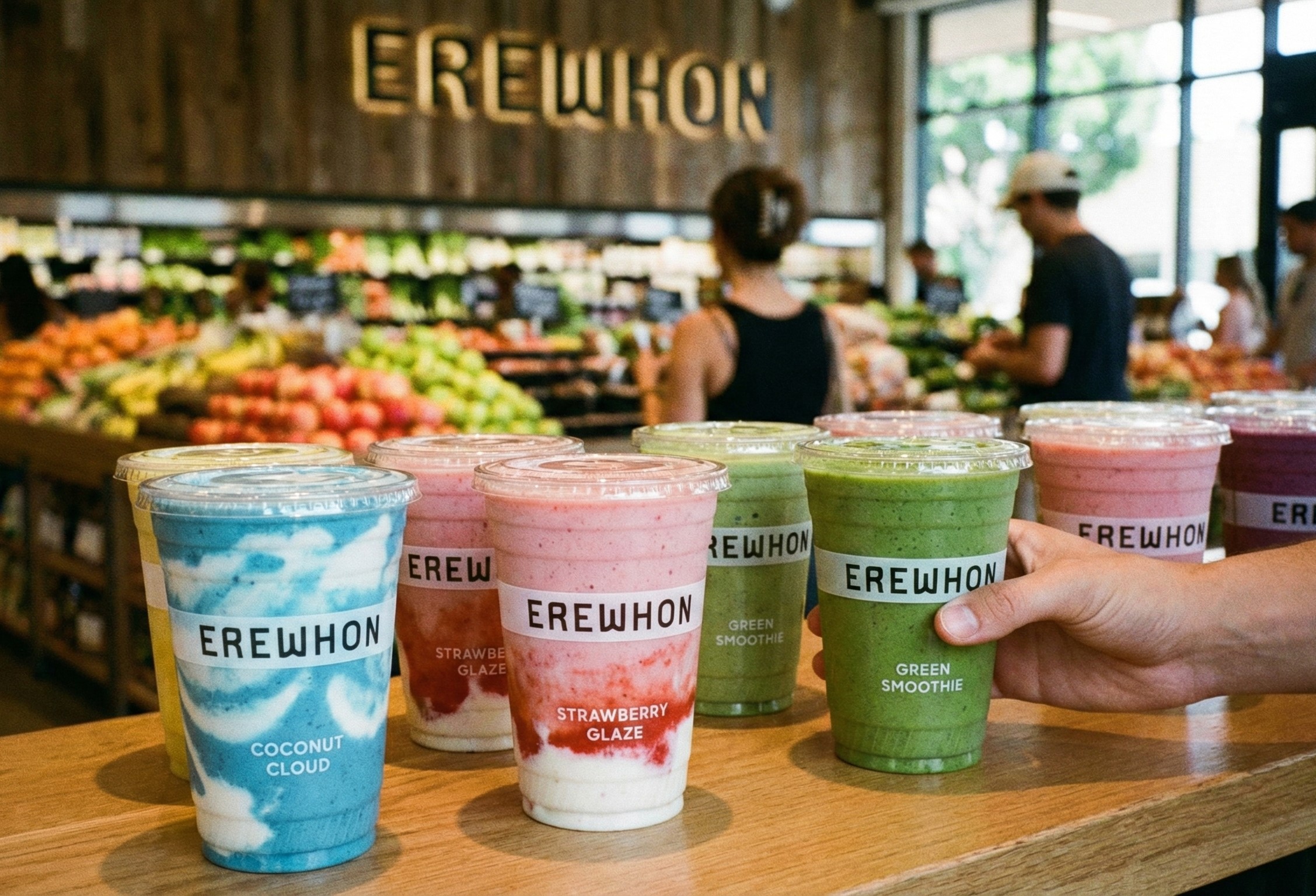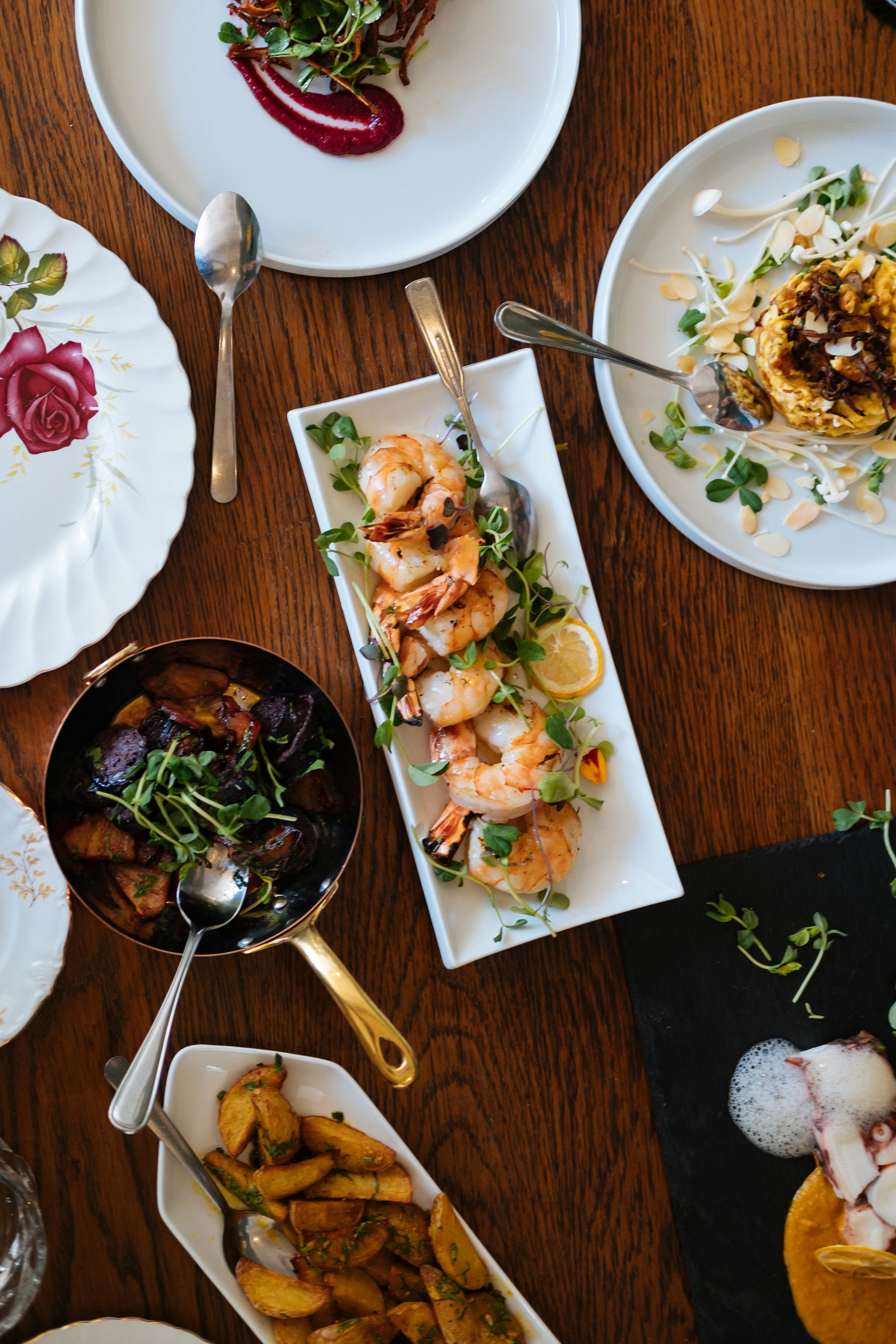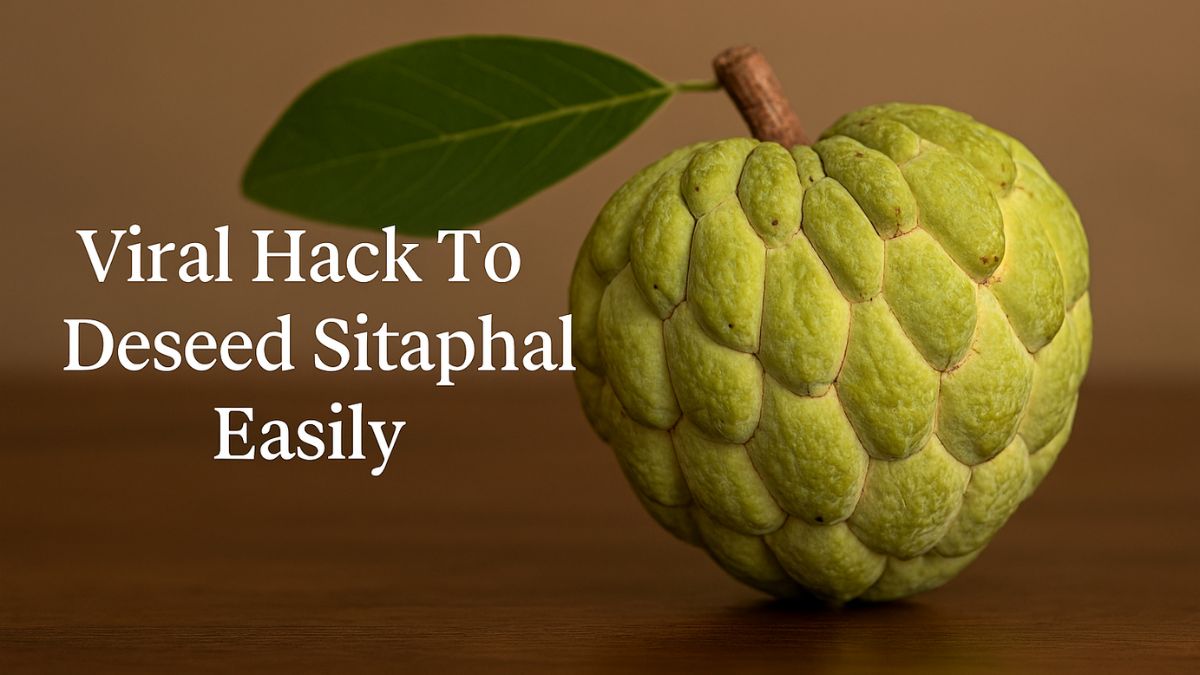It's almost impossible to imagine our kitchens without maida. From fluffy bakery cakes and crispy samosas to soft naans and biscuits- maida, or refined white flour, sneaks into most of our favourite foods. But behind its smooth texture and versatility lies a more complicated story. What exactly is maida made of, and why do nutritionists often warn us against it? While many of us reach for maida without a second thought, experts say it's worth understanding how this seemingly harmless ingredient is produced and what it does to your body. Let's take a closer look at how maida is made, what makes it less healthy than whole wheat, and whether you really need to give it up completely.
Also Read: Baking Without Maida? Simple Tips, Smart Swaps, And How To Get Perfect Texture Every Time
How Is Maida Made?
Maida starts its journey from the same humble wheat grain that gives us whole wheat flour. However, the way it's processed makes all the difference.
1. Cleaning and Conditioning
The wheat grains are first cleaned to remove impurities like stones, husks, and dust. Then they're conditioned by adding a little moisture, which helps separate the outer bran layer from the inner white endosperm.
2. Grinding and Milling
The conditioned grains are passed through a series of roller mills. This grinding process gradually crushes the grain, separating the bran, germ, and endosperm. The coarse particles are ground repeatedly until only the fine white starch remains.
3. Sifting and Refining
The resulting flour is sifted multiple times to obtain an ultra-fine texture. This sifting removes any leftover bran or germ, leaving behind pure white flour-maida.
4. Bleaching and Chemical Treatment
Since the natural flour has a slightly yellow tint, many manufacturers bleach it using chemicals like benzoyl peroxide or chlorine dioxide to make it bright white and smooth. According to Healthonics Healthcare, some even use maturing agents to enhance elasticity and softness.
5. Packaging
Finally, the silky flour is packed and sold as maida-the ingredient that gives baked goods their lightness and structure.
Essentially, maida is made from the starchy part of wheat, stripped of its bran (fibre) and germ (nutrients). What remains is a refined product with very little nutrition value beyond carbohydrates.
Also Read: Weight Loss: Replace Your Maida Naan With These Fibre-Rich Jowar Rotis To Shed Kilos

Maida is made from the starchy part of wheat
Why Nutritionists Warn Against Maida I Is Maida Bad For You?
Nutrition experts have been raising concerns about the health impact of refined flours for years, and with good reason.
1. Low in Fibre
According to nutritionist Amita Gadre, maida is extremely low in fibre. "High consumption of maida can lead to constipation," she explains. Since it lacks fibre, it slows down digestion and can cause bloating and irregular bowel movements.
2. Spikes Blood Sugar
For diabetics, maida can be especially harmful. It has a high glycaemic index, meaning it breaks down quickly into glucose and can spike blood sugar levels soon after eating. Gadre advises that people with diabetes should avoid maida-heavy foods as much as possible.
3. Empty Calories
In his article Why Maida is Harmful to Your Health, Dr Ramchandra Soni explains that the refining process removes essential vitamins, minerals, and fibre. What's left is mainly starch-essentially "empty calories" that provide energy but no real nutrition.
4. Weight Gain and Sugar Cravings
Maida digests quickly and gives you an instant sugar rush, but the effect doesn't last. Soon after eating, your energy levels crash, making you crave more carbs and sweets. Over time, this pattern can lead to weight gain, overeating, and even insulin resistance.
5. Possible Health Risks
A ResearchGate paper titled Dark Side of the White Flour - Maida highlights that prolonged consumption of refined flour has been linked to metabolic disorders, obesity, and cardiovascular disease. Since maida is heavily processed and often bleached, it can also carry traces of chemicals that may irritate the digestive tract.
Is Maida Always Bad?
Not necessarily. Eating maida occasionally, like in festive treats or an occasional bakery item, is not harmful if your overall diet is balanced and high in fibre, protein, and nutrients. The problem lies in regular, excessive consumption, especially in packaged foods such as breads, pizzas, pastas, noodles, and biscuits that use maida as the main ingredient.
If you enjoy baking or cooking with maida, try mixing it with whole wheat or millet flour to increase fibre and nutrition without completely losing the texture you love. Some brands also offer fortified maida enriched with iron and B-vitamins, though it still lacks fibre.
Also Read: Noodles Lovers, Try These Healthy Alternatives To Maida Noodles
Healthier Alternatives to Maida
If you're trying to reduce your maida intake, there are plenty of wholesome substitutes that taste great and support better health:
- Whole wheat (atta): Retains fibre, vitamins, and minerals-great for rotis and baking.
- Besan (gram flour): High in protein, gluten-free, and perfect for savoury snacks.
- Ragi, jowar, or bajra flour: Millet flours are rich in fibre and minerals.
- Oat or buckwheat flour: Excellent for pancakes and muffins.
- Almond or coconut flour: Ideal for low-carb or keto-friendly baking.
These alternatives not only improve nutrition but also add unique flavours and textures to your food.
Maida isn't "toxic," but it's far from the healthiest flour on your shelf. Its soft texture and versatility make it a kitchen favourite, but its lack of fibre and nutrients means it should be enjoyed in moderation. Nutritionists like Amita Gadre remind us that it's not about complete avoidance, it's about moderation and balance.
So, the next time you crave that soft naan or buttery cookie, go ahead and enjoy it, but make sure the rest of your plate is filled with wholesome, fibre-rich foods that truly nourish your body.
About Neha GroverLove for reading roused her writing instincts. Neha is guilty of having a deep-set fixation with anything caffeinated. When she is not pouring out her nest of thoughts onto the screen, you can see her reading while sipping on coffee.












